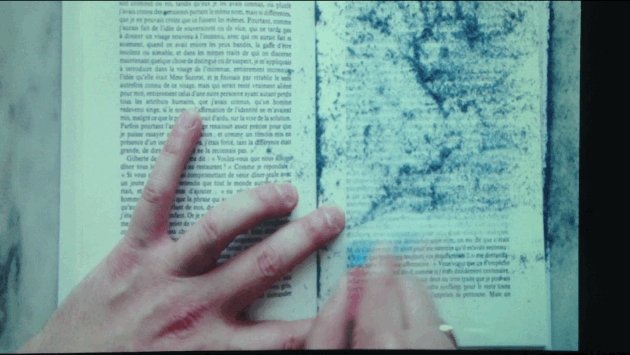Imagine, if you must, walking into an exhibition space and encountering work so oblique you don’t know what to make of it. You start looking for text. First on the wall, then, by the door or a desk someplace. You scan whatever copy you can find, searching for coordinates, landmarks, bits of conceptual breadcrumbs, or a bright stripe of familiarity amidst the thicket of ideas. You hope to find some meaning in the work in front of you. Sometimes you do.
The average museumgoer stands in front of a work for fifteen to thirty seconds. An average reader can comprehend about two hundred words per minute. A viewer who reads a standard wall label (which averages about one hundred words) will spend as much time reading as looking. The wall labels, introductory texts, and section texts condition the pace at which visitors move through an exhibition, the amount of information they receive beyond any preexisting knowledge, and their sense of what the museum wants them to know or learn over the course of the show. To group together these three textual mechanisms—the introductory wall text, the section texts, and the labels—is, in a way, to go against a museum’s best practices, since each of these plays a different role in communicating an exhibition’s thesis and pace. But they all support each other in an endless loop of authority.
What do we look at when there’s a text present? Where do our eyes go? Vinyl lettering on the wall near the entrance to a show colors it, shading it thematically or in terms of an artist’s biography. If a label is aligned with a painting, eyes wander between text and image, comparing authority and subjective experience, looking for the places where text touches what it describes. Guides, maps, and lists plot the works in a sequence, delineating ways of moving through the space. All of these devices—wall texts, labels, press releases—are built into viewing art. Reading has become part of looking.
One of the most personal and comprehensive accounts of looking at art began in January 2000, when art historian T. J. Clark arrived at a six-month research residency at the Getty Institute in Los Angeles. He had no exact research program—“the most likely bet was Picasso between the wars”—and during his first days he wandered around the Getty Museum in search of specific paintings. Clark titled the resulting study The Sight of Death: An Experiment in Art Writing, though “an experiment in attention” might have been more accurate.
Read the full article here.
